White Gold

Beez Neez now Chy Whella
Big Bear and Pepe Millard
Tue 15 Mar 2011 21:22
|
Grand Turk and Salt Cay - The
Salt Industry
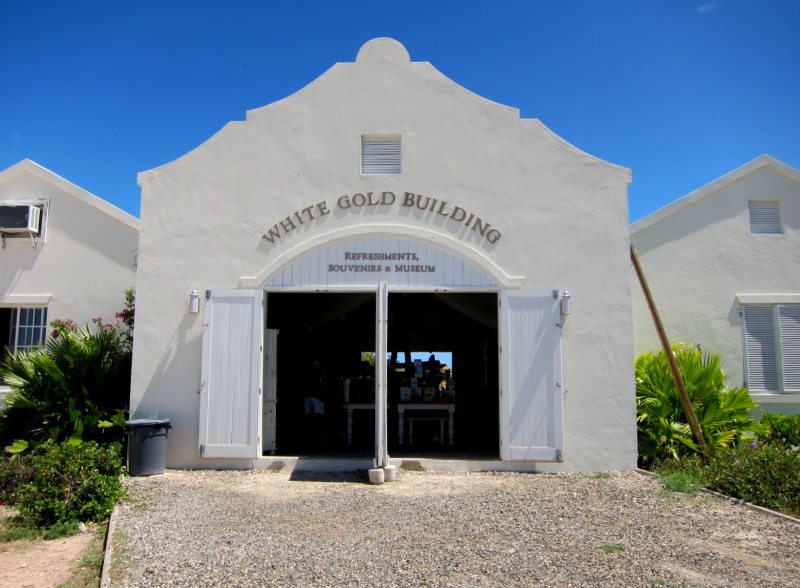 We left having failed with
Immigration to return to where we had began the day - to find Customs
- as we have to do them first. We were walking along the main road feeling
a little dejected when we saw a sign that said refreshments. As it was eleven
forty five, we assumed by the time we found Customs it would be closed for
lunch, so off down the track to said sign, what a wonderful side visit, we found
ourselves at the Salt Museum.
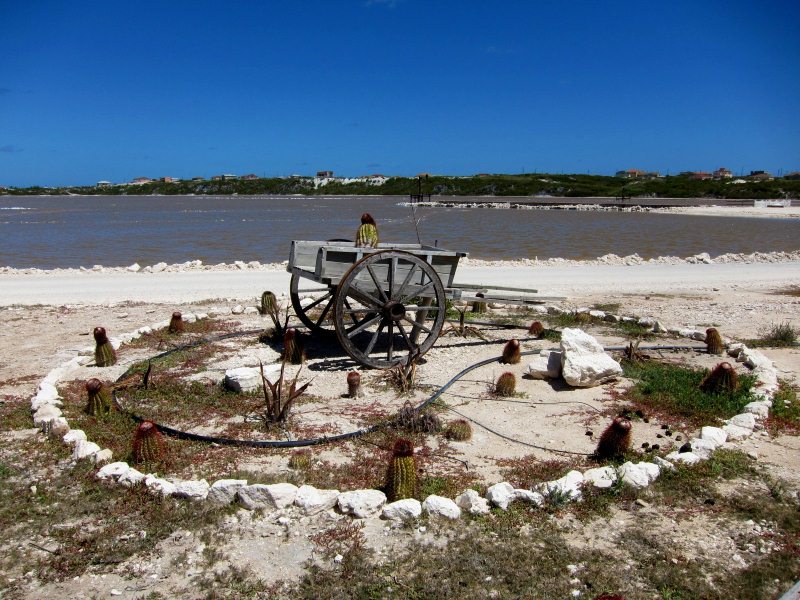    The Turks Islands were once known as
"the salt islands". Grand Turk and Salt Cay were the largest salt producers in
the Americas in the 18th and 19th Centuries, the salt was said to be of very
high state of purity and quality. The Turks Islands were originally settled by
Bermudans, who came to rake salt in the 1660's. The shallow waters around the
islands made salt mining a much easier process than on their native Bermuda. By
1681 the value of the industry and the desire to protect their resources caused
the salt collectors to build the first permanent settlement on Grand Turk.
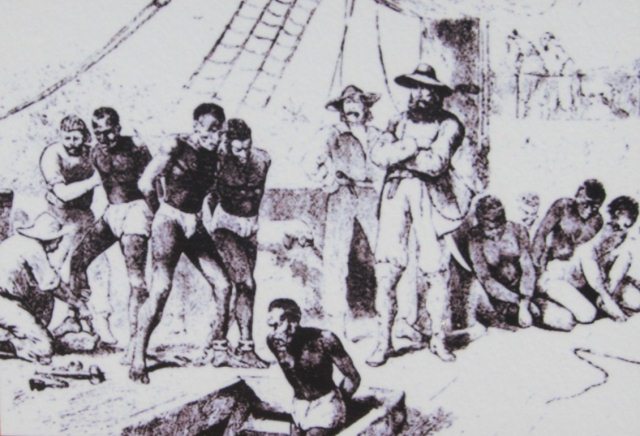 As time went on, more Bermudans and
their slaves permanently settled here and on Salt Cay
to develop the salting industry. Huge numbers of trees were felled to discourage
rainfall that would adversely affect the salt mining operation, and more homes
were built - much of the great wealth of Bermuda was created from the "white
gold". The salt was sold through Bermudan merchant houses on the American
seaboard, including to Newfoundland, where it was used to preserve cod. Salting
continued from the 18th and 19th Centuries to heyday in the early 20th Century,
when the Turks Islands produced an average of sixty seven thousand tons
annually. Grand Turk's production was twice that of Salt Cay.
 Salt from the Turks Islands was used
to feed George Washington's army during the
Revolutionary War. Salt by then was supplied to thirteen colonies before the War
of Independence, but, of course, the trade was outlawed by England during the
War. The situation was so dire that one of Washington's commanders wrote to him:
" We have not an ounce of salt provisions of any kind here, and it is impossible
to preserve the fresh meat, especially as we have no salt, by any other means
than barbequing it in the Indian fashion, in doing which it loses nearly a half,
so that a party who receives ten days provision will be obliged to live on
better than five days allowance of meat kind."
   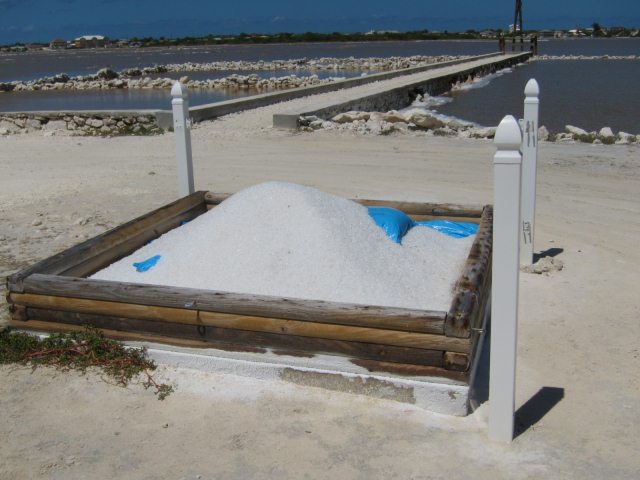 Throughout the 20th Century, the
industry continued, although with decreasing profitability. By the middle of the
Century, the "salt islands" could no longer compete with other world supplies,
largely due to the cost of transport, small economies of scale, and the lack of
a deep water harbour. Most salt today is produced by other means such as pumping
brine from underground salt deposits. Notably, the nearby Bahamas' Islands of
Great Inagua still produces salt. The island owned by Morton's produces one
point three million tons of industrial-grade salt annually.
By 1964 the last of the salting
operations on Grand Turk was closed, and, in 1975, the operations on Salt Cay
were finally abandoned after three hundred years of production.
  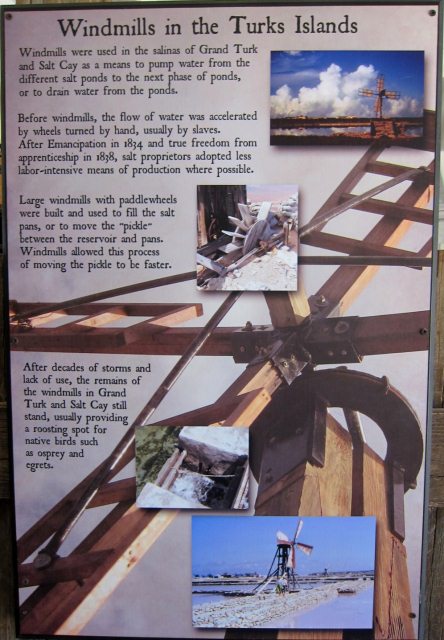  The Museum had a shop with interesting signs for sale
 The very kind lady who ran the museum
said the tour buses (from the cruise ship) were due in ten minutes, if they had
a place we could tag along for the second half of the tour and end up at the
ever elusive Customs. Whilst we waited we decided on some lunch. I put in my
order and slipped out the back as I saw a chap
fishing.
 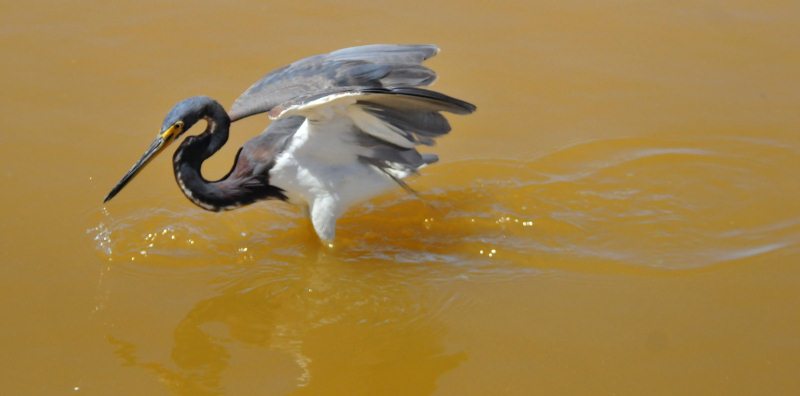  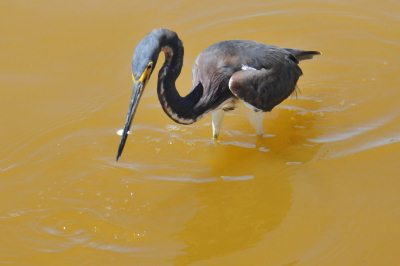   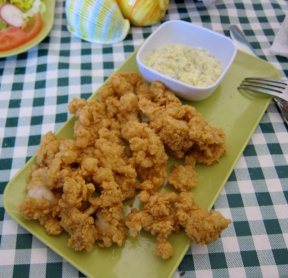  I really enjoyed snapper
with half salad half fries, Bear had Conch bites with a couple of local beers -
Turks's Head. Full buses so our kind lady saviour
gave us a lift to Government Dock.
ALL IN ALL A GREAT VISIT LEARNING ABOUT
SALT
|